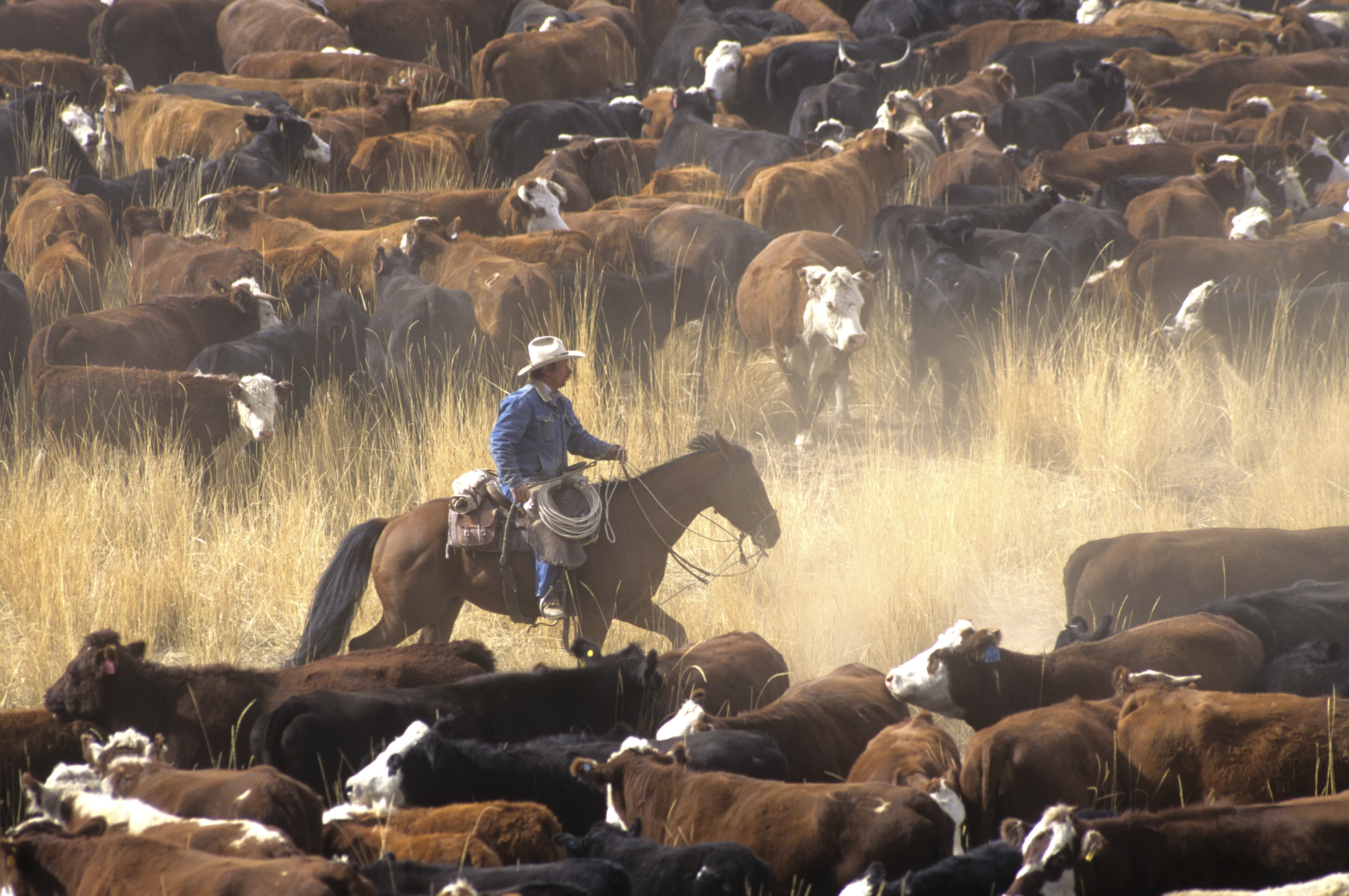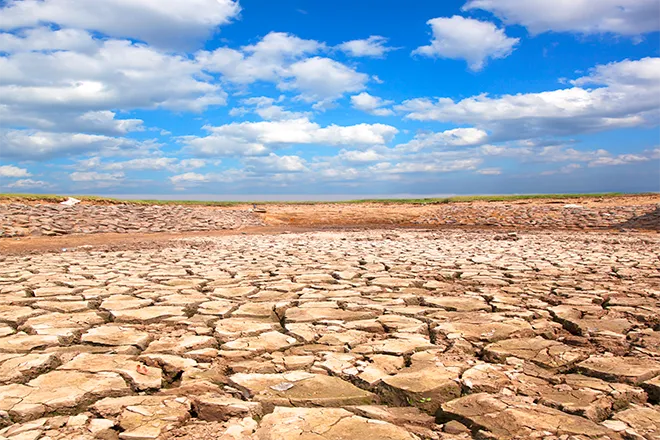
Managing Prevented Planting and Idle Acres During Drought
Extreme drought condition in Southeast Colorado have forced many area producers to file prevent plant claims on land intended for spring crops such as corn, grain sorghum and sunflowers or if the acres were not insured to let them remain in a fallow period.
Some areas have received moisture following the last plant date for the insured crops and a chance remains that we may receive monsoonal moisture through the second half of July.
The question becomes “what to do with these fields if moisture is received?”
One option is to maintain weed control and plant the acres to a winter wheat crop.
A second option would be to plant a forage sorghum crop for either haying or grazing. Many forage sorghums varieties will produce a reasonable yield in 60 days. If October 1 is used as the first frost date this leaves a window open for planting until August 1. It is important to remember that acres that were included in a prevent plant claim cannot be harvested or grazed prior to November 1. There are some exceptions that allow for earlier harvest if the producer is willing to take a reduction on the prevent plant payment. Be sure to consult with your insurance agent if you are considering any type of grazing or harvest prior to November 1.
A third option would be to plant a mix of plants as a cover crop. When considering a cover crop mix the first step is to identify what outcomes you are hoping to achieve from the crop. Outcomes could include, supplemental hay or grazing, weed suppression, nitrogen fixation, erosion reduction, compaction breaking and increased soil organic matter.
Grazing and haying mixes could include winter peas, sorghum sudan, teff grass, yellow clover, rapeseed and buckwheat.
Again, remember that grazing or haying these cover crops on acres that were included in a prevent plant claim is not allowed prior to November 1.
If your objective is to reduce soil compaction, improve overall soil health and nitrogen fixation your mix could include plants that will naturally terminate due to the fall frost or if you choose plants that will overwinter they can be terminated with herbicide prior to planting your next cash crop in the spring.
Depending on your objective and the plant varieties that you choose. The cost of the mix can range from $6-$30 per acre.
Producers will need to consider the cost benefit when planting cover crops for soil health purposes. Improving soil health through the use of cover crops may take multiple years before a financial gain is realized through increased yield of cash crops.
Additional information on the use of cover crops can be found at http://drylandcovercrops.agsci.colostate.edu/













